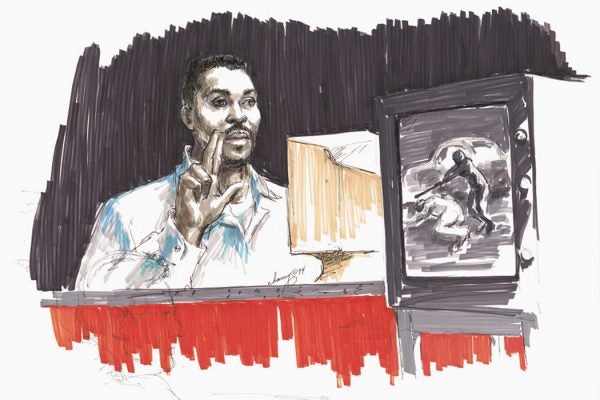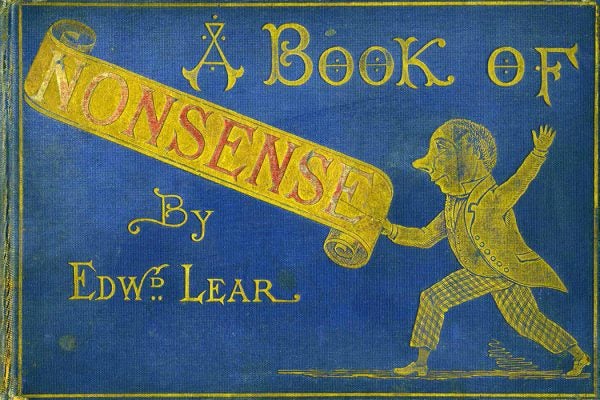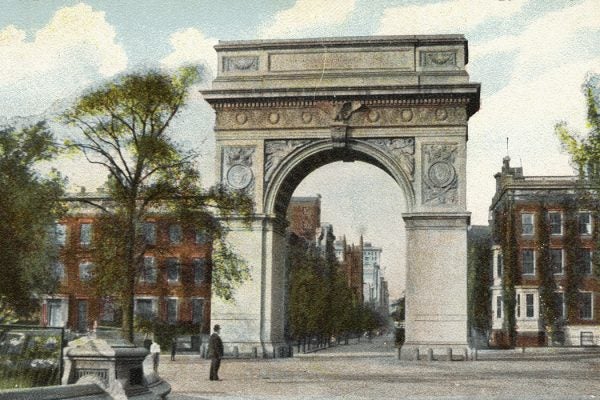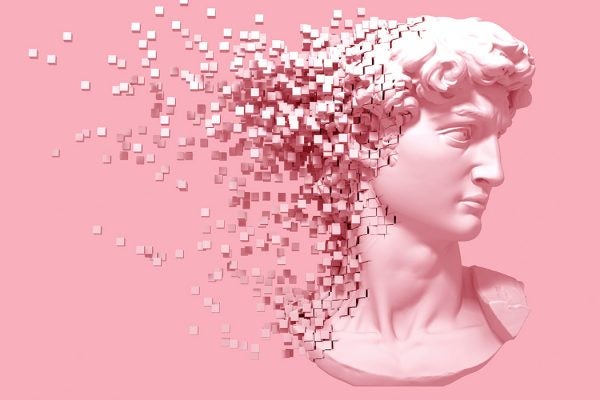Libraries and Pandemics: Past and Present
The 1918 influenza pandemic had a profound impact on how librarians do their work, transforming libraries into centers of community care.
How the Media Covered Police Brutality Three Decades Ago
The first stories about the beating of Rodney King in two major newspapers focused on racial injustice. But that changed.
King Kong, Mole Rats, and the Mark of the Beast
Well-researched stories from Wired, Mongabay, and other great publications that bridge the gap between news and scholarship.
Sonnets by 11 Contemporary Poets
The name of this fourteen-line poetic form comes from the Italian sonetto, meaning "a little sound or song."
There Once Was a Poem Called a Limerick
Whose history, they say, isn't quick. It's all such a muddle, it can leave you befuddled, whether you like the clean or the sick.
Who Lived in Greenwich Village before the Bohemians?
The neighborhood of New York City was a haven for Catholics before it earned its reputation as a haven for artists.
The Unlikely Role of Kitchens in Occupied Japan
After World War II, "occupationaries" tried to spread American-style domesticity to Japanese women.
Who Was Sesame Street’s First Black Muppet?
Since the beginning, the children's show has tried to represent the diversity of the nation. But Roosevelt Franklin was controversial.
What’s the Deal with Crypto Art?
Thirty years after the invention of blockchain, an artist sold a JPG using that technology for nearly $70 million. Huh?
C. Buddy Creech: Your Vaccine Questions Answered
Vaccinologist C. Buddy Creech on getting vaccinated, racial disparities, and the lessons we’ve learned after a year of COVID-19.









